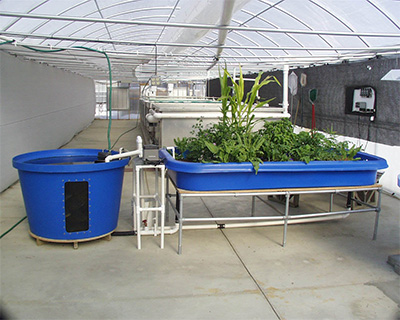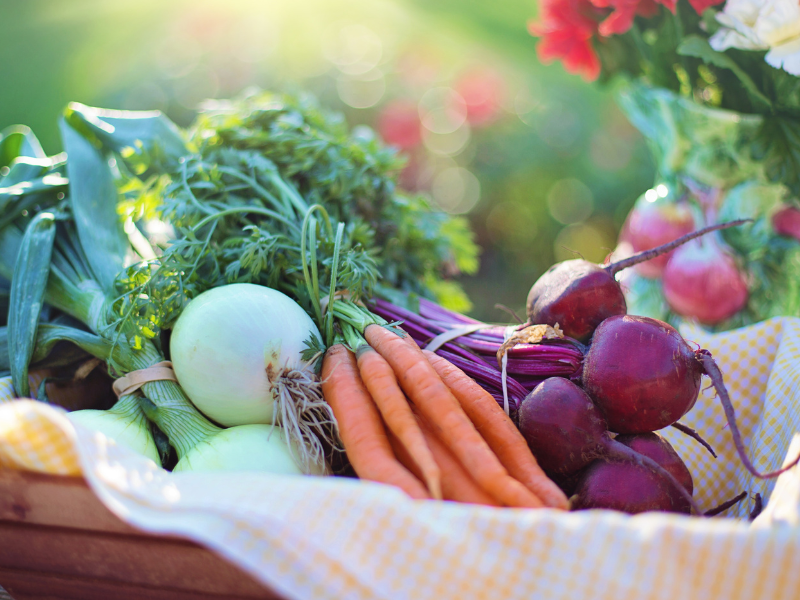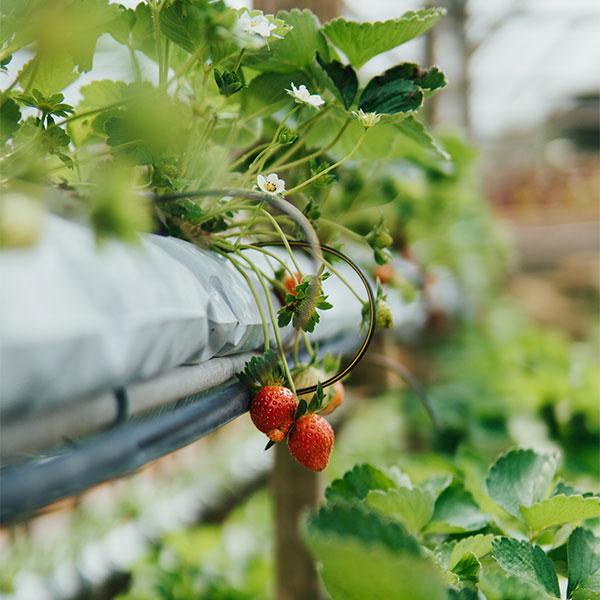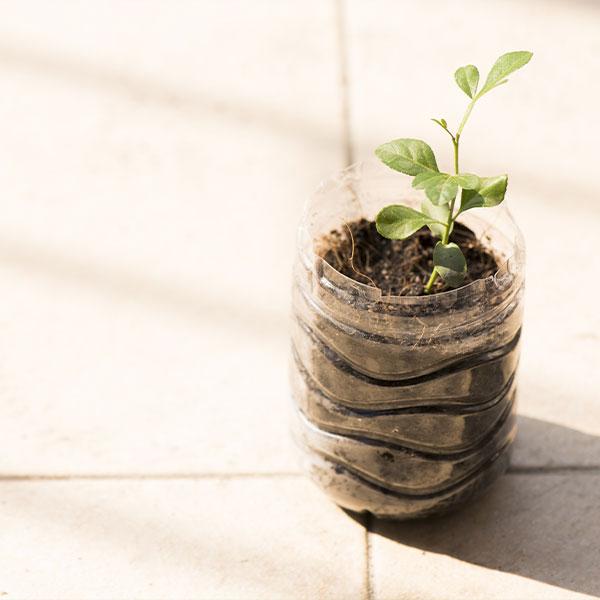Discover how aquaponic gardening can help you create a self-sustaining environment to grow fresh vegetables, fruits, and flowers with minimal effort.
What is Aquaponic Gardening?
Aquaponic gardening is an innovative way to create a sustainable system for growing plants and raising aquatic animals like fish. By combining aquaculture (fish farming) and hydroponics (soil-less plant cultivation), aquaponics enables families to grow food efficiently in a small space with minimal maintenance.
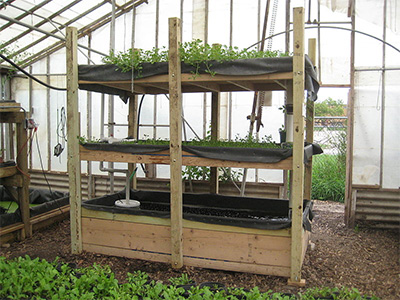
"Aquaponics is a cultivation of fish and plants together in a constructed, recirculating ecosystem utilizing natural bacterial cycles to convert fish waste to plant nutrients."
How Does Aquaponics Work?
Fish in the system produce waste that transforms into nitrates and ammonia, which can harm fish in high concentrations. However, these byproducts serve as fertilizers for plants, while the plants, in turn, clean the water for the fish. This symbiotic relationship creates a balanced, low-maintenance system.
For beginners, tilapia is the most common fish used due to its rapid growth and low maintenance. Other options include goldfish or catfish.
Getting Started with Aquaponics
Key Considerations
- Location: Choose a suitable space like a greenhouse, basement with lighting, or outdoor area. Ensure the system is portable if needed.
- Timing: Plan for fish hatcheries and plant cultivation around seasonal factors.
- System Care: Designate someone to maintain and monitor the system regularly.
System Design
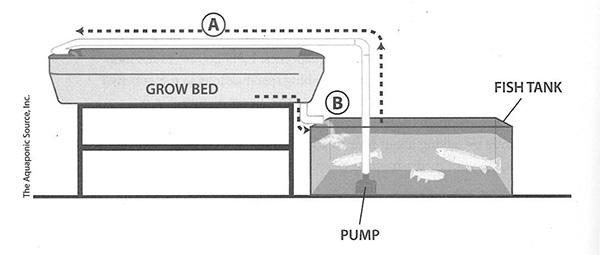
In a basic system, the grow bed sits above the fish tank, with water pumped from the tank into the grow bed. For larger systems, you may need to include a sump tank for additional water.
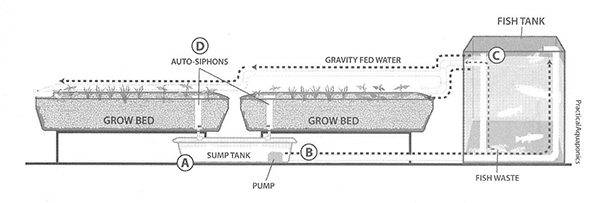
Choosing Fish and Plants
Best Fish for Aquaponics
- Tilapia: Easy to grow, thrives in warm water, and reproduces quickly.
- Goldfish: Ideal for non-edible aquaponics systems.
- Catfish: A great alternative in regions where tilapia are restricted.
Best Plants for Aquaponics
Most plants thrive in aquaponic systems, except those requiring extreme pH levels (e.g., blueberries). Popular choices include leafy greens, tomatoes, peppers, and strawberries.
